

Data is at the heart of every decision, strategy, and innovation in the digital age. However, raw data in its original form is often unstructured, incomplete, and scattered across different systems. To make it useful for analysis and insights, businesses need a structured process that converts data into a consistent, usable format. This is where ETL—short for Extract, Transform, Load—plays a vital role.
ETL refers to the systematic process of collecting data from multiple sources, transforming it into the required format, and loading it into a centralized location such as a data warehouse or data lake. It’s an essential process for any data-driven organization, forming the foundation for accurate reporting, advanced analytics, and strategic decision-making.
In this blog, we’ll break down the key stages of ETL, discuss why it’s important in today’s data landscape, explore the benefits it offers, and understand how to implement ETL effectively using modern tools and strategies.
To understand ETL, it’s important to examine each of its three core components and how they contribute to building a reliable data pipeline.
The "Extract" phase involves pulling data from various source systems. These sources can include relational databases, flat files, cloud-based applications, APIs, and more. Data can be structured, semi-structured, or unstructured.
This step requires careful planning to ensure that:
The extraction is done without disrupting the source systems.
Only relevant data is pulled (based on filters or criteria).
The extracted data is temporarily staged for processing.
The success of the ETL process begins with clean and accurate extraction, as it directly impacts the quality and relevance of the final dataset.
Once the raw data is extracted, the "Transform" step is where the real processing happens. This phase includes a variety of operations designed to convert raw data into a format suitable for analysis.
Transformations may include:
Data cleaning: Removing duplicates, fixing formatting issues, and correcting errors.
Standardization: Converting data to a consistent format (e.g., date formats, currency).
Aggregation: Summarizing data for higher-level insights.
Derivation: Creating new fields based on existing data (e.g., calculating profit from cost and revenue).
Validation: Ensuring that the data meets certain business rules and quality standards.
This phase is critical because poorly transformed data can lead to inaccurate reporting and flawed decisions.
The final phase of ETL is "Load," where the transformed data is moved into a destination system. This is usually a data warehouse or a centralized data lake where analytics tools can access it.
There are typically two types of loading strategies:
Full Load: All data is loaded each time, replacing previous records.
Incremental Load: Only new or updated data is loaded, saving time and resources.
Choosing the right loading strategy depends on the volume of data, frequency of updates, and specific use cases.
ETL is not just a technical process—it’s a strategic enabler for businesses that want to stay competitive in a data-first world. Here's why it plays such a crucial role:
Raw data is often incomplete, inconsistent, or in a format that’s not ready for reporting. ETL brings order to this chaos by ensuring that the data is clean, organized, and aligned with business requirements. This makes it easier to query and analyze.
In many organizations, data lives in silos across departments and platforms. ETL bridges these silos by bringing all relevant data into a unified system, enabling a comprehensive view of business operations.
Decision-makers rely on accurate, timely insights. ETL ensures that data is consistently processed and updated so that reports and dashboards reflect real-world conditions, not outdated or fragmented information.
Data privacy regulations require organizations to maintain control over how data is processed and stored. ETL workflows can be designed to apply data masking, encryption, and validation to meet compliance standards like GDPR, HIPAA, and CCPA.
A thoughtfully built ETL pipeline goes beyond just moving data—it adds value in several meaningful ways:
By applying consistent rules and checks during transformation, ETL ensures that the data used for analysis is clean and reliable. This reduces the chances of reporting errors and helps build trust in the data.
Automating data extraction, transformation, and loading eliminates repetitive tasks. This frees up data teams to focus on strategic initiatives rather than fixing data issues or writing one-off scripts.
Modern ETL tools are designed to handle large volumes of data and scale with business needs. Whether you're processing thousands or billions of records, ETL systems can be adapted to grow with your data infrastructure.
Many ETL platforms support both scheduled (batch) and real-time data workflows. This flexibility allows businesses to choose the right mode of processing based on their specific use cases.
Reusable ETL components and workflows mean that similar data processing tasks don’t have to be reinvented each time. Standard templates and pipelines increase efficiency and reduce the risk of inconsistencies.
The effectiveness of ETL heavily depends on the tools and practices you choose. Here are some factors to consider when evaluating ETL solutions:
The tool should support the data sources, databases, cloud services, and analytics tools that your organization uses. Check for native connectors and integration capabilities.
Some ETL platforms are code-heavy and designed for engineers, while others offer low-code or visual interfaces for business users. Choose a platform that matches your team’s technical expertise.
Look for tools that allow scheduling of ETL jobs, offer event-based triggers, and support retry mechanisms for failed tasks. These features are essential for reliable and automated workflows.
A good ETL tool provides visibility into the status of your jobs. Logging, notifications, and alerts help you detect issues early and respond quickly.
Consider the pricing model—some tools charge based on data volume, while others are subscription-based. Make sure the platform scales efficiently as your data grows.
There are several robust platforms available today, offering different levels of complexity and customization. Some widely used options include:
Apache NiFi – Open-source ETL tool ideal for real-time data flows.
Talend – Offers both open-source and enterprise ETL solutions.
Fivetran – Known for automated, fully managed data pipelines.
AWS Glue – Serverless ETL service deeply integrated with AWS.
Azure Data Factory – Microsoft’s data integration platform with low-code capabilities.
Informatica PowerCenter – A legacy favorite, still widely used in large enterprises.
Each of these tools offers a different approach to ETL depending on business size, complexity, and use case.
ETL is one of the most fundamental processes in data engineering. It empowers organizations to transform raw, fragmented data into unified, meaningful datasets that drive performance, innovation, and growth. With the right strategy and tools, ETL becomes more than just a technical function—it becomes a catalyst for better business outcomes.
Whether you're just starting your data journey or refining your enterprise data architecture, investing in a robust ETL process is a smart and necessary move. As data becomes the foundation of every business decision, ETL ensures that foundation is clean, strong, and built to last.
Enqurious partners with forward-thinking organizations to build efficient, scalable, and future-ready ETL pipelines. From tool selection to custom pipeline development, we help ensure your data infrastructure supports real-time insights, regulatory compliance, and strategic growth. Let Enqurious empower your data transformation journey—one clean, structured dataset at a time. Talk to our expert today!
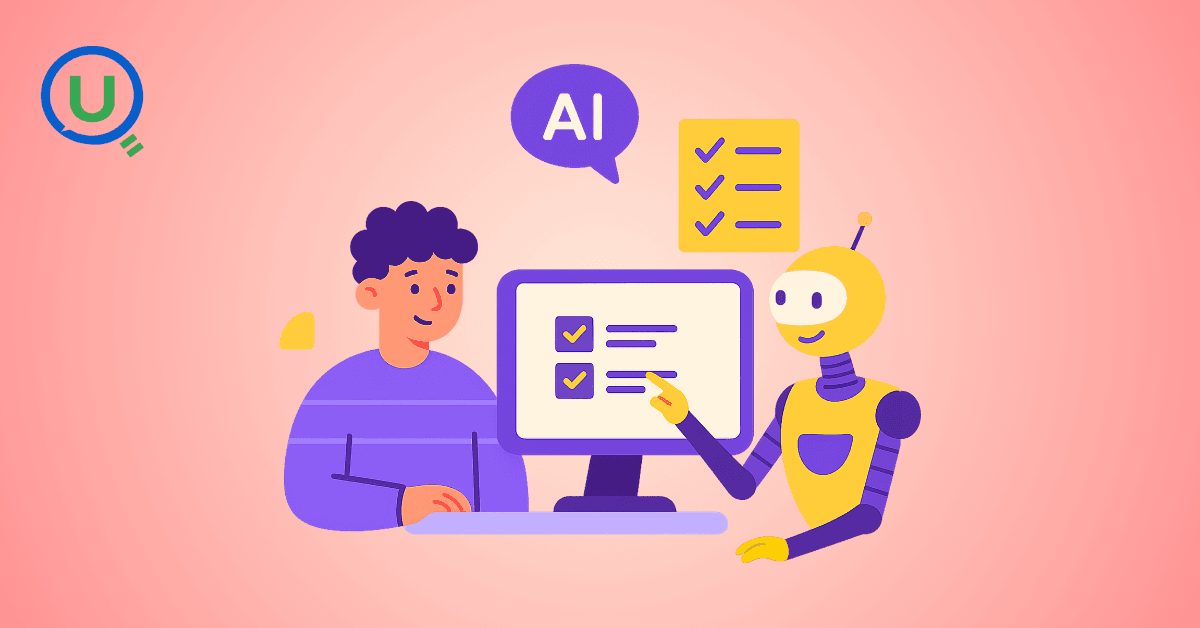
Passed the Databricks Gen AI Associate Certification with 56 questions in 90 minutes! Here's my honest experience, preparation strategy, time management tricks, and the exact resources that helped me succeed. Real insights for aspiring certificants.

A practical walkthrough of how I reduced heavy batch workloads using Change Data Feed (CDF) in Databricks. This blog shows how CDF helps process only updated records, cutting compute costs and boosting pipeline efficiency.
I dropped a table in Snowflake, then queried to verify it was gone. The system said it doesn't exist, but also showed it consuming 3.57 MB. That contradiction led me down a rabbit hole of metadata delays, missing commands, and hidden costs. Here's what I discovered.
The AI industry has a security problem: data scientists aren't trained in security, ML engineers are working with black-box models, and security pros don't understand GenAI. Learn about the frameworks and tools bridging this gap—from Llama Guard to Databricks' safety features.
Why DELETE isn’t enough under GDPR, and how Time Travel can make sensitive data reappear unless VACUUM is used correctly.

This blog shares my personal journey into Snowflake Gen AI, from early confusion to hands-on clarity. It offers practical study tips, common pitfalls, and guidance to help you prepare effectively and understand Snowflake’s evolving AI capabilities.
Started scrolling Instagram at 2 AM. Saw Cloudflare memes. Fell down a 4-hour research rabbit hole. Discovered that AND database = 'default' could have prevented the whole thing. My sleep schedule is ruined but at least I understand distributed systems now.
Discover the top 10 data pipeline tools every data engineer should know in 2025. From Airflow to Fivetran, learn how each tool powers modern data workflows, supports real-time analytics, and scales across cloud ecosystems.
Confused between a data lake, data warehouse, and data mart? Discover key differences, real-world use cases, and when to use each architecture. Learn how to build a modern, layered data strategy for scalability, governance, and business insights.

Explore what syntax means in the world of data and AI—from SQL and Python to JSON and APIs. Learn why syntax matters, common errors, real-world examples, and essential best practices for data engineers, analysts, and AI developers in 2025.
Discover how AWS Data Pipeline helps automate data movement and transformation across AWS services like S3, Redshift, and EMR. Learn its key features, benefits, limitations, and how it compares to modern tools like AWS Glue and MWAA.

Learn how to build scalable and secure data pipeline architectures in 2024 with best practices, modern tools, and intelligent design. Explore key pillars like scalability, security, observability, and metadata tracking to create efficient and future-proof data workflows.
Explore the key differences between ETL and ELT data integration methods in this comprehensive guide. Learn when to choose each approach, their use cases, and how to implement them for efficient data pipelines, real-time analytics, and scalable solutions.
Discover why data orchestration and analysis are essential for modern data systems. Learn how automation tools streamline data workflows, boost insights, and scale with your business

Learn what a data ingestion pipeline is, why it's vital for modern analytics, and how to design scalable, real-time pipelines to power your data systems effectively.

Discover the top 15 data warehouse tools for scalable data management in 2024. Learn how to choose the right platform for analytics, performance, and cost-efficiency.
Confused between a data mart and a data warehouse? Learn the key differences, use cases, and how to choose the right data architecture for your business. Explore best practices, real-world examples, and expert insights from Enqurious.

Discover the top 10 predictive analytics tools to know in 2025—from SAS and Google Vertex AI to RapidMiner and H2O.ai. Learn why predictive analytics is essential for modern businesses and how to choose the right tool for your data strategy.

Explore the key differences between descriptive and predictive analytics, and learn how both can drive smarter decision-making. Discover how these analytics complement each other to enhance business strategies and improve outcomes in 2025 and beyond.

Explore the key differences between predictive and prescriptive analytics, and learn how both can drive smarter decisions, enhance agility, and improve business outcomes. Discover real-world applications and why mastering both analytics approaches is essential for success in 2025 and beyond.

Compare PostgreSQL vs SQL Server in this comprehensive guide. Learn the key differences, strengths, and use cases to help you choose the right database for your business needs, from cost to performance and security.

Learn what Power BI is and how it works in this beginner's guide. Discover its key features, components, benefits, and real-world applications, and how it empowers businesses to make data-driven decisions.

Explore what a Business Intelligence Engineer does—from building data pipelines to crafting dashboards. Learn key responsibilities, tools, and why this role is vital in a data-driven organization.

Discover why data lineage is essential in today’s complex data ecosystems. Learn how it boosts trust, compliance, and decision-making — and how Enqurious helps you trace, govern, and optimize your data journeys.

Learn what a data mart is, its types, and key benefits. Discover how data marts empower departments with faster, targeted data access for improved decision-making, and how they differ from data warehouses and data lakes.

Master data strategy: Understand data mart vs data warehouse key differences, benefits, and use cases in business intelligence. Enqurious boosts your Data+AI team's potential with data-driven upskilling.
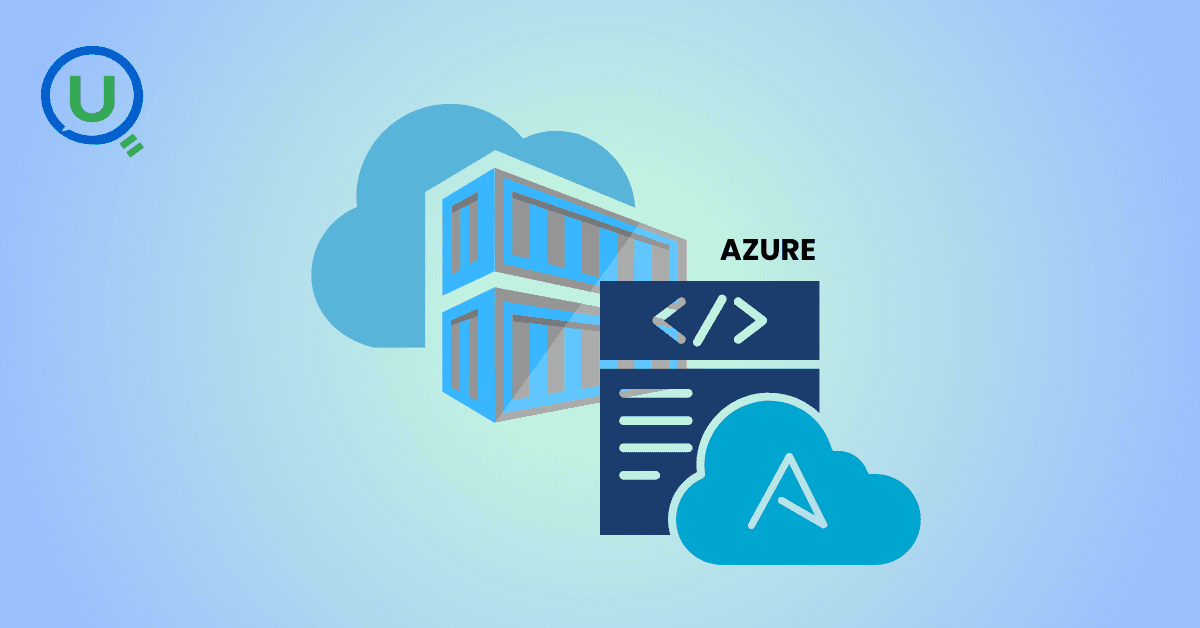
Learn what Azure Data Factory (ADF) is, how it works, and why it’s essential for modern data integration, AI, and analytics. This complete guide covers ADF’s features, real-world use cases, and how it empowers businesses to streamline data pipelines. Start your journey with Azure Data Factory today!
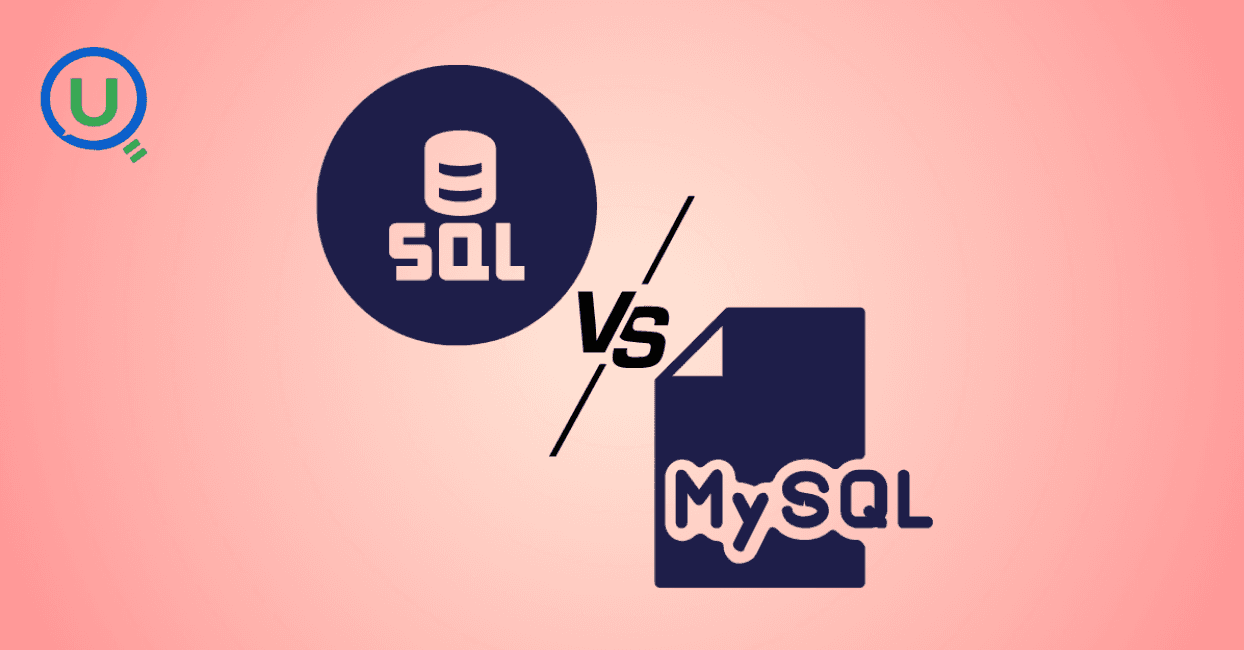
Discover the key differences between SQL and MySQL in this comprehensive guide. Learn about their purpose, usage, compatibility, and how they work together to manage data. Start your journey with SQL and MySQL today with expert-led guidance from Enqurious!
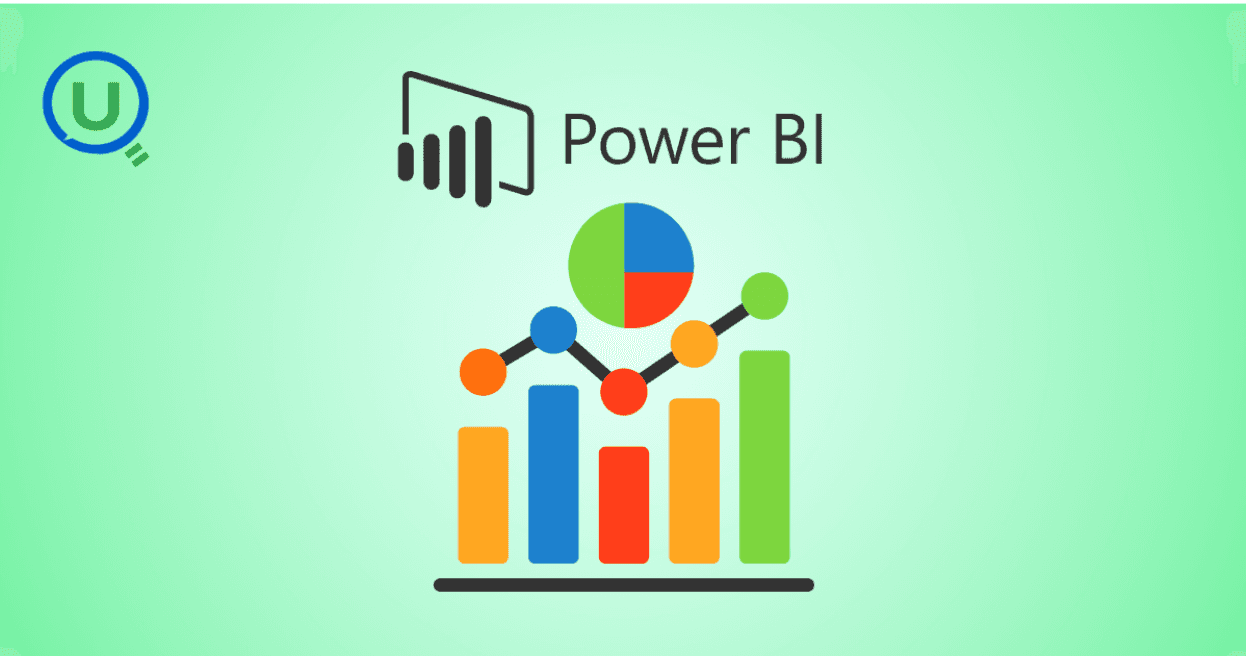
Learn Power BI from scratch in 2025 with this step-by-step guide. Explore resources, tips, and common mistakes to avoid as you master data visualization, DAX, and dashboard creation. Start your learning journey today with Enqurious and gain hands-on training from experts!
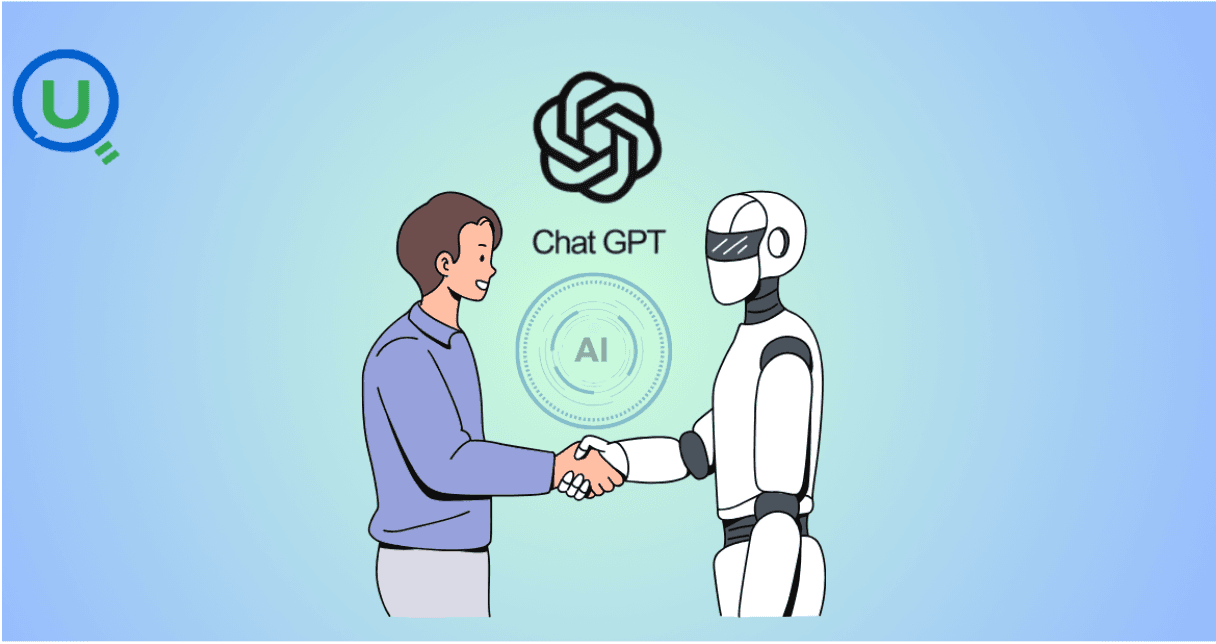
AI tools like ChatGPT are transforming clinical data management by automating data entry, enabling natural language queries, detecting errors, and simplifying regulatory compliance. Learn how AI is enhancing efficiency, accuracy, and security in healthcare data handling.
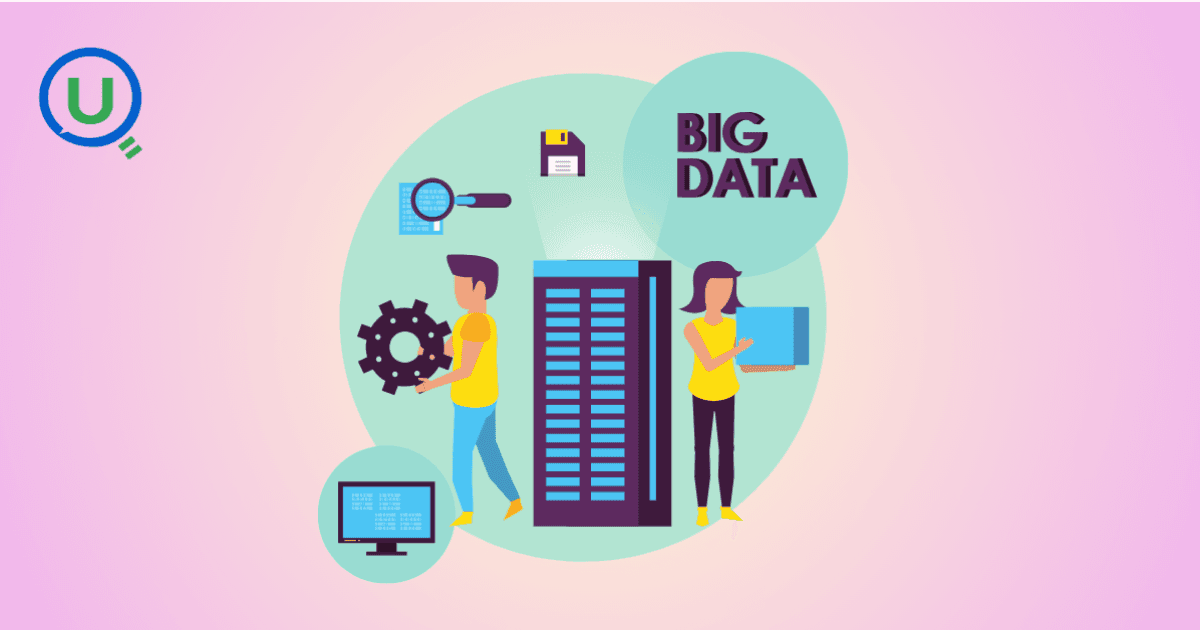
Big Data refers to large, complex data sets generated at high speed from various sources. It plays a crucial role in business, healthcare, finance, education, and more, enabling better decision-making, predictive analytics, and innovation.

Discover the power of prompt engineering and how it enhances AI interactions. Learn the key principles, real-world use cases, and best practices for crafting effective prompts to get accurate, creative, and tailored results from AI tools like ChatGPT, Google Gemini, and Claude.

Learn what a Logical Data Model (LDM) is, its key components, and why it’s essential for effective database design. Explore how an LDM helps businesses align data needs with IT implementation, reducing errors and improving scalability.

Discover the power of a Canonical Data Model (CDM) for businesses facing complex data integration challenges. Learn how CDM simplifies communication between systems, improves data consistency, reduces development costs, and enhances scalability for better decision-making.

Discover the 10 essential benefits of Engineering Data Management (EDM) and how it helps businesses streamline workflows, improve collaboration, ensure security, and make smarter decisions with technical data.

Explore how vibe coding is transforming programming by blending creativity, collaboration, and technology to create a more enjoyable, productive, and human-centered coding experience.
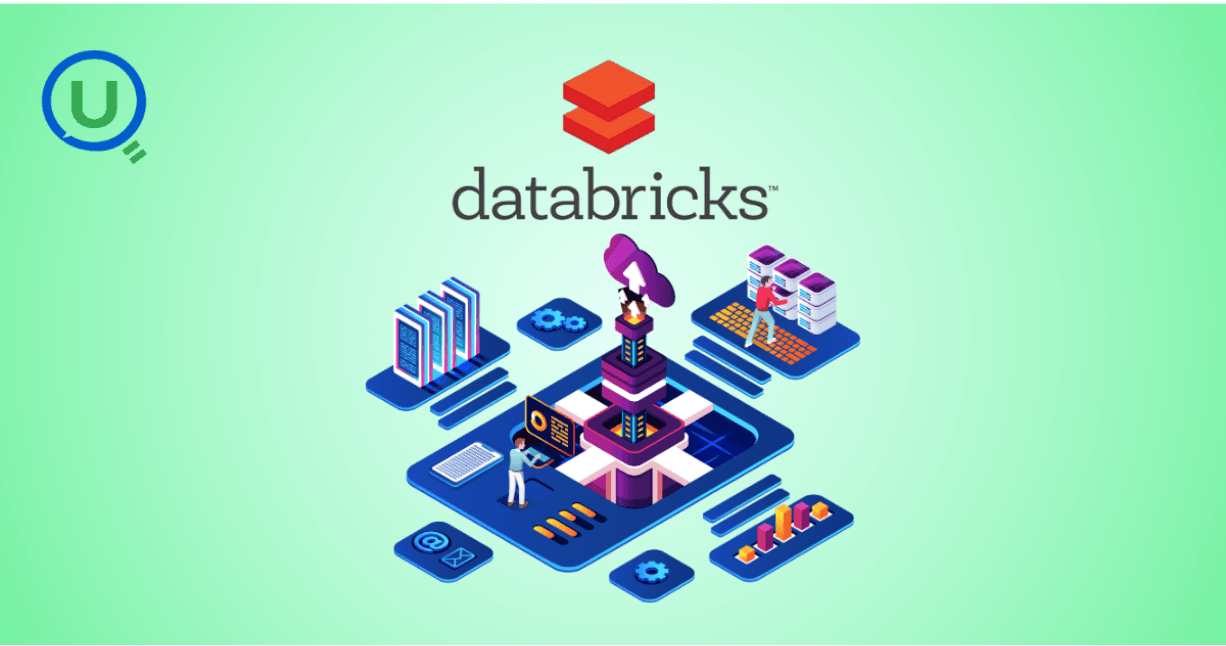
Learn how Azure Databricks empowers data engineers to build optimized, scalable, and reliable data pipelines with features like Delta Lake, auto-scaling, automation, and seamless collaboration.
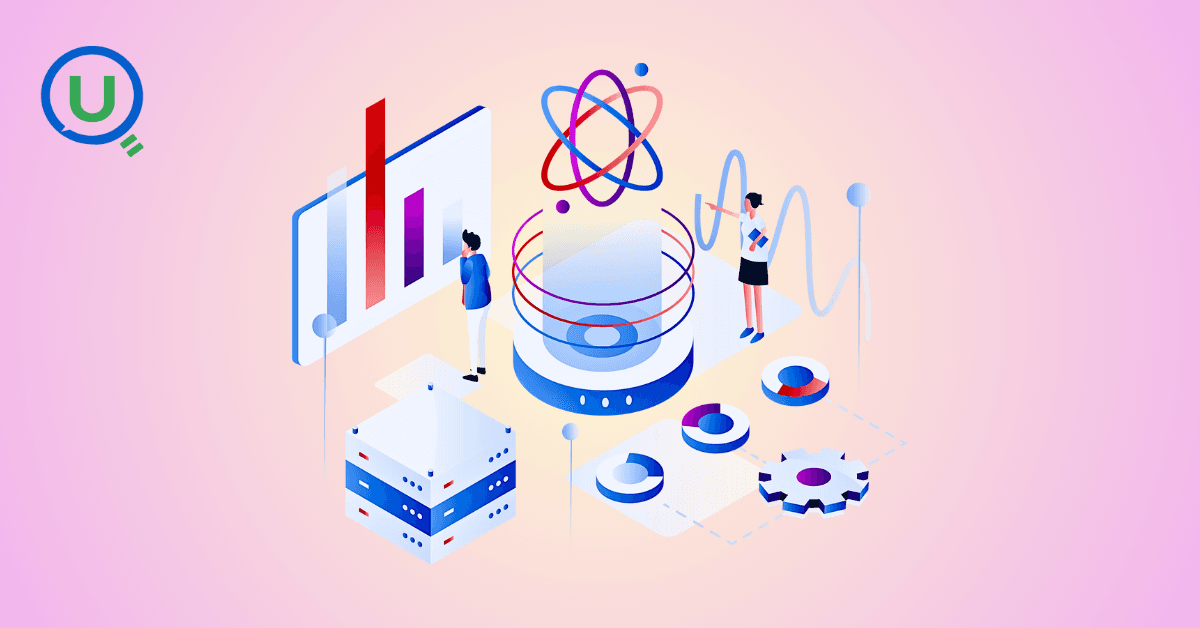
Explore the top 10 data science trends to watch out for in 2025. From generative AI to automated machine learning, discover how these advancements are shaping the future of data science and transforming industries worldwide.

Discover the key differences between data scientists and data engineers, their roles, responsibilities, and tools. Learn how Enqurious helps you build skills in both fields with hands-on, industry-relevant learning.
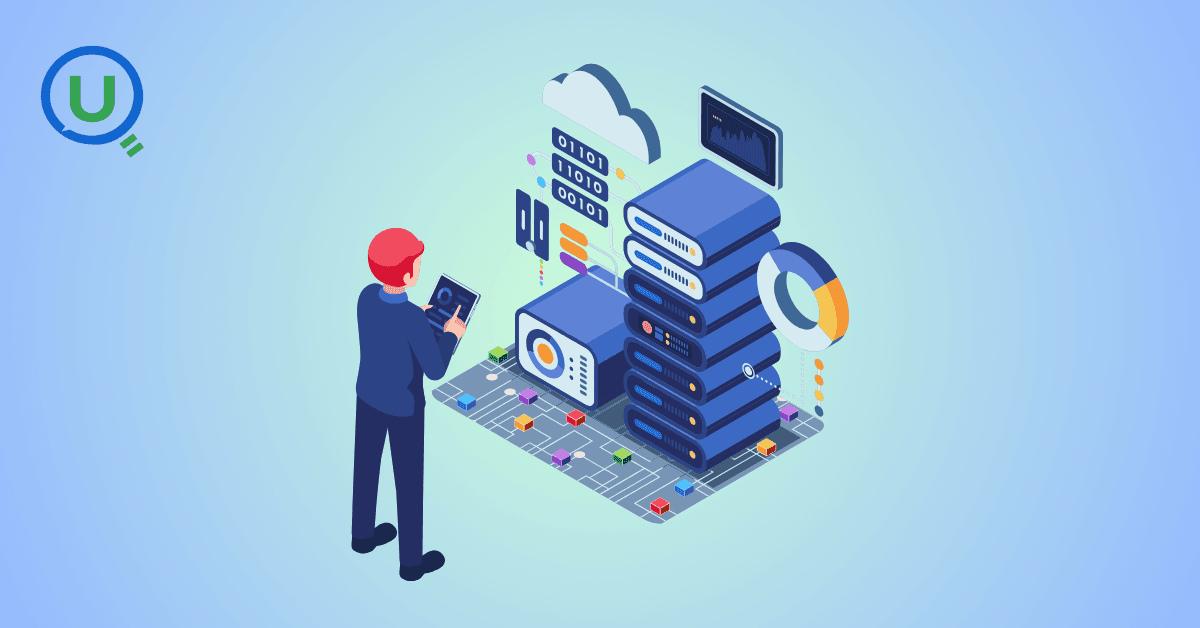
Discover the 9 essential steps to effective engineering data management. Learn how to streamline workflows, improve collaboration, and ensure data integrity across engineering teams.

Azure Databricks is a cloud-based data analytics platform that combines the power of Apache Spark with the scalability, security, and ease of use offered by Microsoft Azure. It provides a unified workspace where data engineers, data scientists, analysts, and business users can collaborate.

In today's data-driven world, knowing how to make sense of information is a crucial skill. We’re surrounded by test scores, app usage stats, survey responses, and sales figures — and all this raw data on its own isn’t helpful.

In this blog, we will discuss some of the fundamental differences between AI inference vs. training—one that is, by design, artificially intelligent.

This guide provides a clear, actionable roadmap to help you avoid common pitfalls and successfully earn your SnowPro Core Certification, whether you’re making a career pivot or leveling up in your current role.

"Ever had one of those days when you’re standing in line at a store, waiting for a sales assistant to help you find a product?" In this blog we will get to know about -What is RAG, different types of RAG Architectures and pros and cons for each RAG.
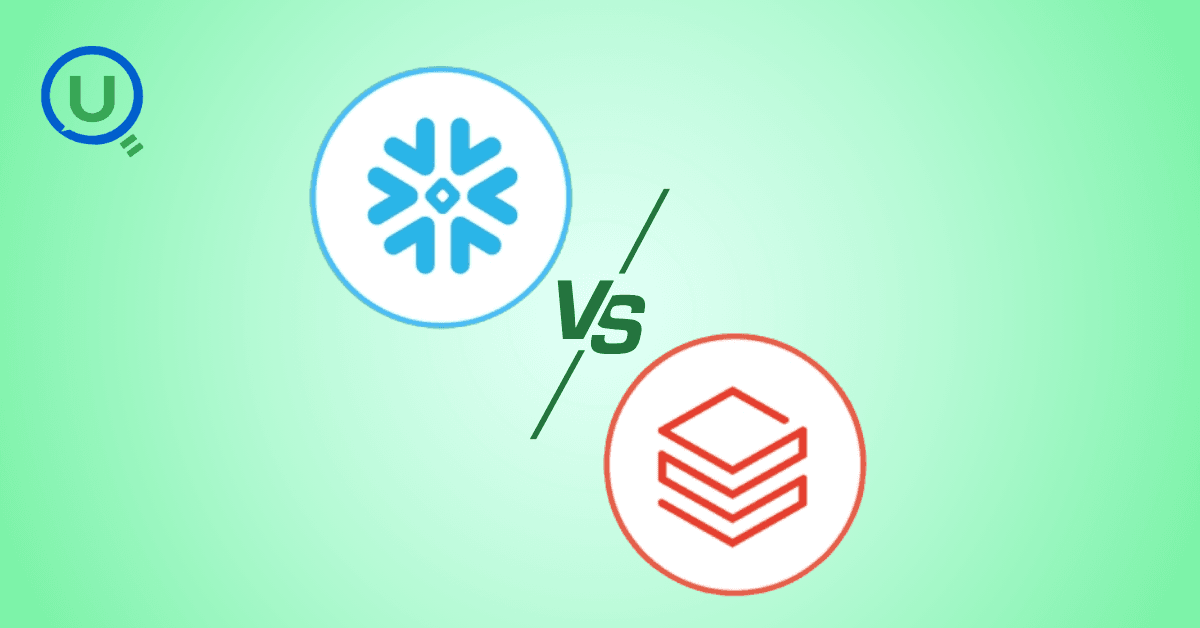
Discover how Databricks and Snowflake together empower businesses by uniting big data, AI, and analytics excellence

How do major retailers like Walmart handle thousands of customer queries in real time without breaking a sweat? From answering questions instantly to providing personalized shopping recommendations, conversational AI reshapes how retailers interact with their customers.